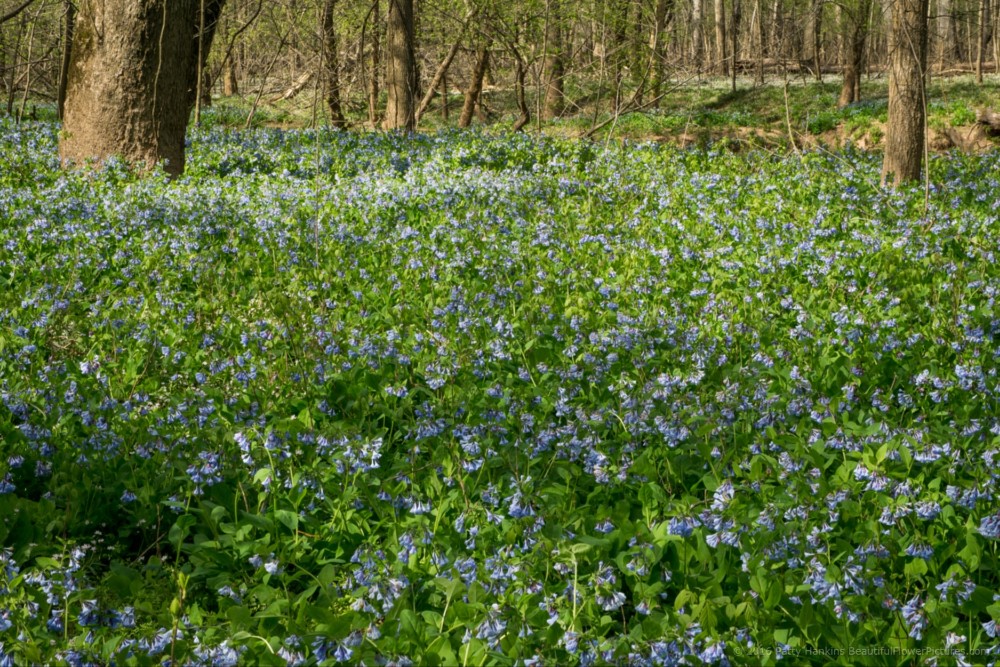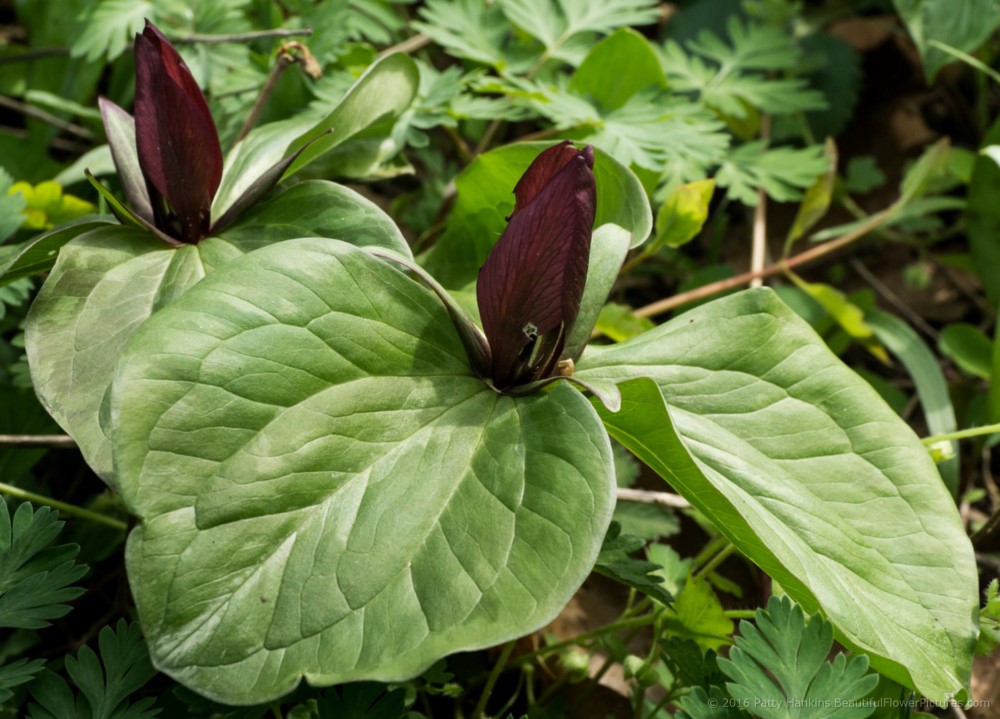I didn’t expect to be writing about copyright issues again so soon – but after I shared my article Be Careful When Using Photos in the Public Domain – They Might Not Be! I got so many questions and comments that I thought I’d answer the most frequently asked questions here in case any of you have the same concerns.
Please remember as you read this – I am a photographer not a lawyer, so the information in this article is not legal advice. If you have specific legal questions about intellectual property and copyright, please consult an attorney who specializes in these issues.
Can I recommend a good site for images that are really in the public domain?
Unfortunately no I don’t know of any sites that promise that all the images on the site are in the public domain where I can tell you all the images really are in the public domain. There are so many photos that are covered by copyright that someone somewhere has listed as being in the public domain without the copyright holder’s permission that I don’t see how anyone providing images can guarantee that all the images really are in the public domain.
If you are looking for older images, a great resource is the Prints and Photographs Online Catalog from the U.S. Library of Congress. Many of the images in the collection can be used without restriction. If there is an image in the collection you are interested in using, look in the Rights Advisory field under the item description for information about restrictions on the use of the image. For example, this photograph by Ansel Adams, part of his collection of photographs of the Japanese-American Internment at Manzanar, has no known restrictions on publication.

How do I know if a photograph is copyrighted?
Since I live in the United States, I am most familiar with U.S. Copyright law. If you live in another country or if the photograph was created by a photographer in another country – please see the relevant copyright laws for the specific country.
In most cases, under U.S. Copyright law, copyright status is determined by when a photograph was created.
If a photograph was published in the United States before 1923 – copyright has expired and the photograph is in the public domain.
If a photograph was published between 1923 and 1977 – the photograph may be copyrighted or it may be in the public domain. If the photographer registered the image with the U.S. Copyright Office and renewed the copyright on the schedule required by law, it is still protected by U.S. Copyright law. In other words – these photos may or may not be covered by copyright – there is no easy way to tell.
If a photograph was created (publication not necessary) after January 1, 1977 – it is copyrighted. The term of the copyright is life of the photographer plus 70 years. So even if a photo was taken on January 2, 1997 and the photographer died the next day, the image is protected by copyright until 2047. Images created after 1977 do not need to be registered with the U.S. Copyright Office. Copyright is automatic upon creation of the image in its final form.

Virginia Bluebells – mertensia virginica © 2016 Patty Hankins
How does this apply to social media sites like Facebook?
Under the Terms of Service of most social media sites like Facebook, you agree to only upload items to the sites that you have permission of the copyright holder to add to the site. So technically if you take a photograph from the web that isn’t yours, and upload it to Facebook, you may be violating the photographer’s copyright. Under the Digital Millennium Copyright Act, sites like Facebook have a procedure for copyright holders’ to file a complaint and have the images removed.
When it comes to sharing an image within a social media, you should be protected by their policies. For example, if I upload a photograph to either my Facebook profile or my Facebook BeautifulFlowerPictures.com page, feel free to share it using the Facebook share button. Since I hold copyright on the image, I can upload it. And by uploading it, I’m agreeing to Facebook’s policies that allow you to share it within Facebook.
In other words – if you see one of my photos on my Facebook page – feel free to share it with your friends on your Facebook profile, share it with people who have liked your Facebook page, use it as your FB profile photo, or use it as your FB cover photo. In fact – I love it when people share my photos. I really appreciate the fact that you think my work is good enough to introduce it to your friends and family.
I hope this info helps address some of your concerns about copyright. Again – remember I am a photographer, not a lawyer – so this is not legal advice. If you have specific legal questions about intellectual property and copyright, please consult an attorney who specializes in these issues. If I get more general questions about copyright I will answer them in a future article.

Very helpful – I’ll pass this, too, on to my grandson. Thanks to your original info I persuaded him to copyright his art works and photos. In his late 20’s, he is a true artist since birth, but like most artists makes his living in other ways for now. He had not realized the risks he was taking. His work is out there on the internet and in other places and may already have been pirated. Now he is busy copyrighting it all, an expensive business as it is already a significant body of work. And like any good grandparent I’m helping him with the cost. Thank you, Patty, and all good wishes.
You have a unique way of photographing flowers and composition. I have used some as an aid in creating needlepoint florals. I have not taken them directly or tried to imitate, but just as beautiful references.